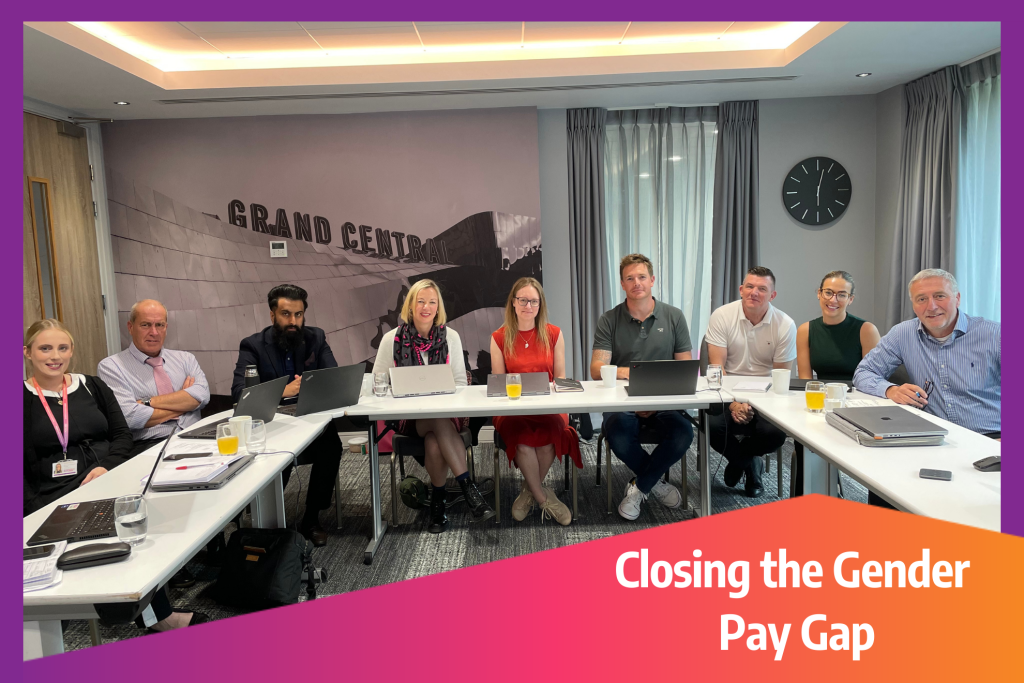Emerging Futures CIC reports on gender pay for the first time.
Every day, women continue to be paid less than their male counterparts, with much work to be done before equal pay becomes the norm. For generations, those in the most senior positions in the world of work, and therefore the highest paid positions, have been men.
A gender pay gap report outlines the difference in average earnings between men and women within an organisation. It allows organisations to benchmark their performance and highlight areas for improvement, furthering efforts in diversity, equality and inclusion.
As an organisation that has now surpassed a workforce of 250 people, we are pleased to produce our first report on gender pay as part of the legislative requirements brought in by the UK Government in 2013.
WHAT THE NATIONAL GENDER PAY NUMBERS REVEAL
According to the Official of National Statistics, although the numbers are declining slowly over time, in 2023 the overall median gender pay gap in businesses was 14.3%. This indicates that nationally, women earned 14.3% less than men on average, with a larger gap between higher earners over the age of 40.
Furthermore, when we reviewed a recent report from 2022 of 100 charities surveyed, the median pay gap between men and women in the non-profit sector shows that, on average, men earn 9.1% more than women.
WHERE DOES EMERGING FUTURES STAND ON GENDER PAY?
In April 2024 , Emerging Futures employed 248 reportable staff on which it was able to draw our gender pay gap data. Our colleagues were made up of:
118 (47.5%) – Male colleagues
130 (52.5%) – Female colleagues
Emerging Futures median gender pay gap: 1.6%
The median gender pay gap statistic measures the difference in pay between the middle-earning man and woman.
Emerging Futures mean gender pay gap: 2.1%
The mean gender pay gap statistic represents the average difference in earnings between men and women.
Emerging Futures pay quartiles
A gender pay quartile divides the workforce into four equal parts based on their pay rates, from the higher earners in quartile 1, to lower earners in quartile 4.
These figures help us assess gender distribution across different pay grades within Emerging Futures.

COMMITMENT TO CONTINUOUS IMPROVEMENT IN DIVERSITY AND EQUALITY
These numbers are encouraging and prove that, at EF, women are paid equal to their male counterparts. Further to this, we currently have more women in the highest paid senior leadership roles than we do men.
However, we acknowledge that this is a continuous journey, and we won’t become complacent. The benchmark is set, and we remain committed to equal pay for both men and women.
We also recognise that we have a lot of work to do around diversity and equality, and that gender pay is just one area of focus.
As we approach our next 3-year strategic plan, we look forward to ensuring that EF is an inclusive place to work, and that equality is deeply rooted within our policies and procedures.


